How does the internet work
What's the difference between fibre and fixed wireless, or adsl? What is the Domain Name System? Read this to learn some of the basics.
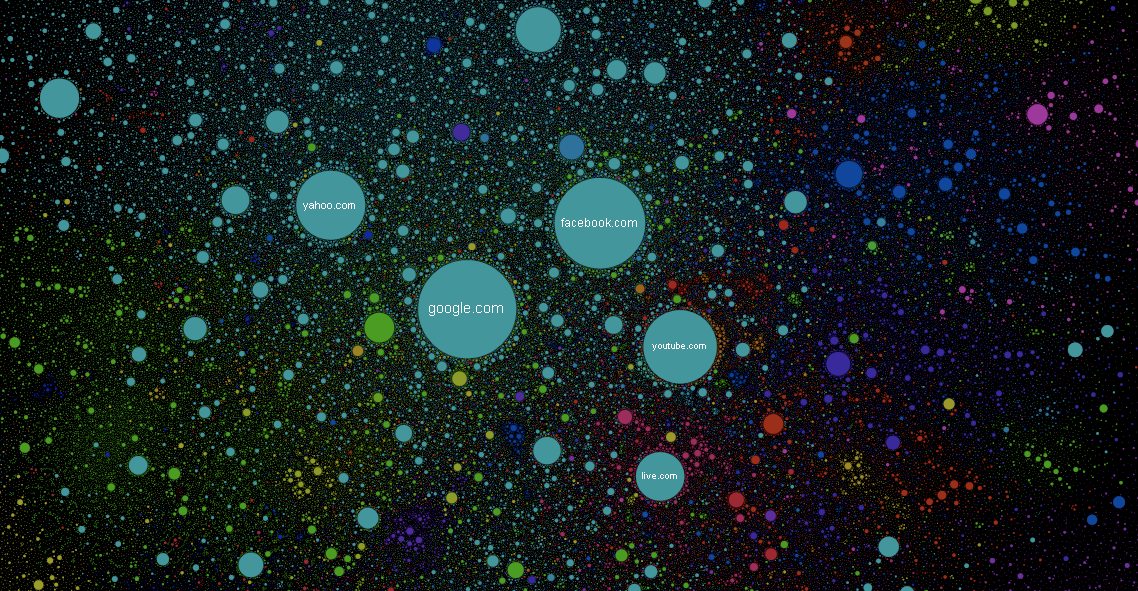
Well, it's clear that there isn't just some magic internet port installed into every home, or some sort of magic wifi. Far from it actually.
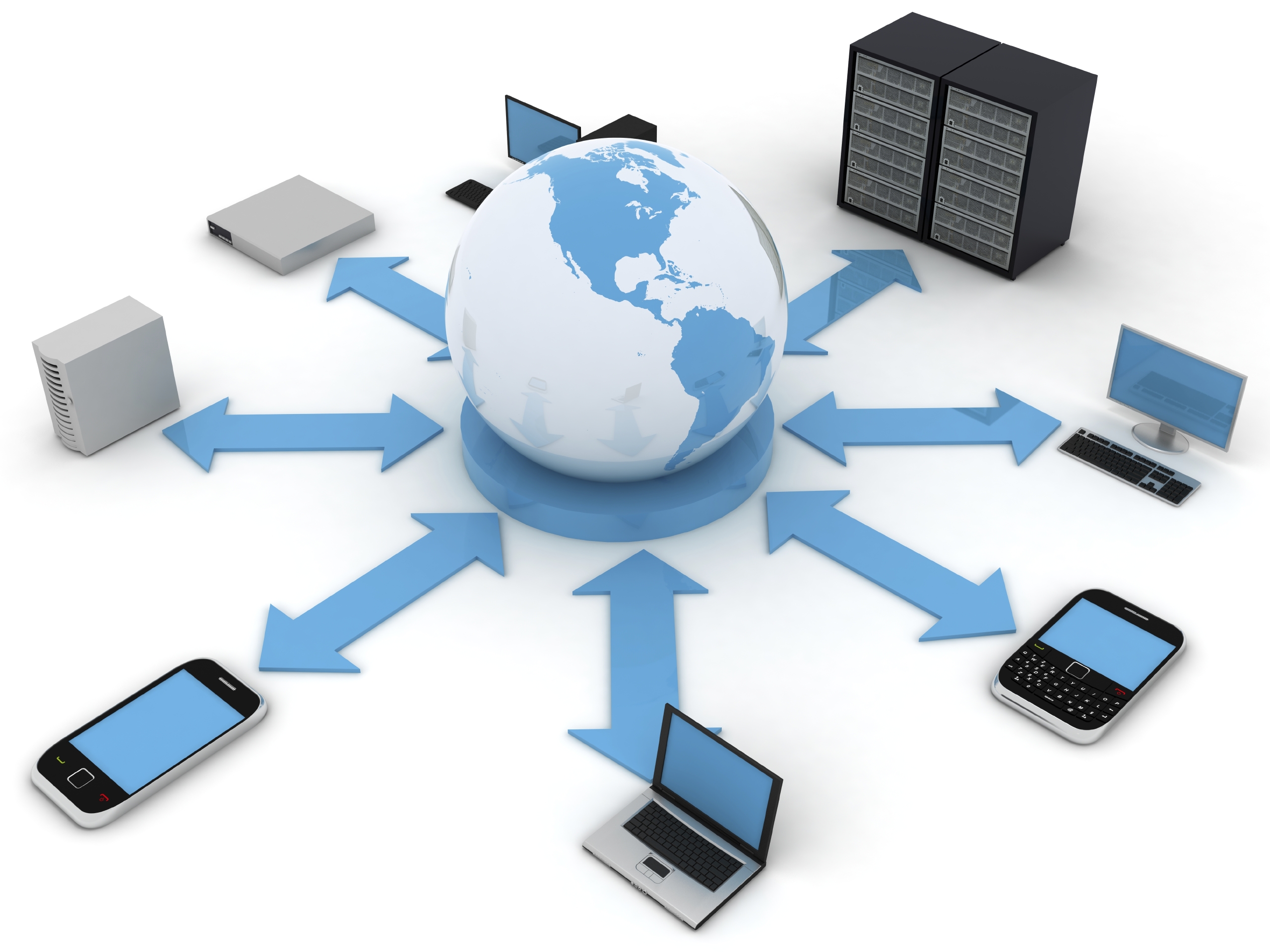
First off, you need a connection to your Internet Service Provider (ISP). This forms part of the lowest layer of the Open Systems Interconnection model (OSI model) - the Physical Layer.
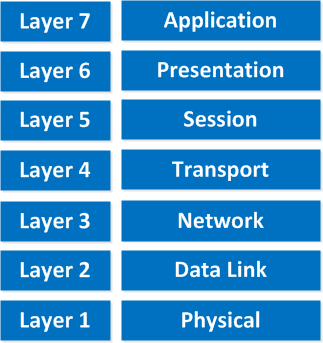
There are various forms of physical connections you can expect to have to your ISP, and doubtless you've heard of some of them.
Older forms of connections use standard 'Telkom Lines', which are copper cables. It is mainly used for dial-up and ADSL connections. It is quickly losing ground to newer, better, and more reliable technology.
There are also mobile/radio forms of connections one has also heard about: Edge, 3G, 4G, LTE. These are received by devices over cell phone networks like Vodacom, MTN, Cell C and the like.
Fixed Wireless is a symmetric connection (same upload and download speeds) that involves setting up an antenna on your roof to point towards a "highsite" of your ISP, where they connect your signal into their network, though it is limited by line-of-sight, distance and radio noise.
And Fibre, involves cables carrying optical glass fibres, so it can operate at close to light speeds, meaning that it potentially enables the fastest network connections. Fibre is the current mode of high speed interconnectivity, and may remain that way for a while.
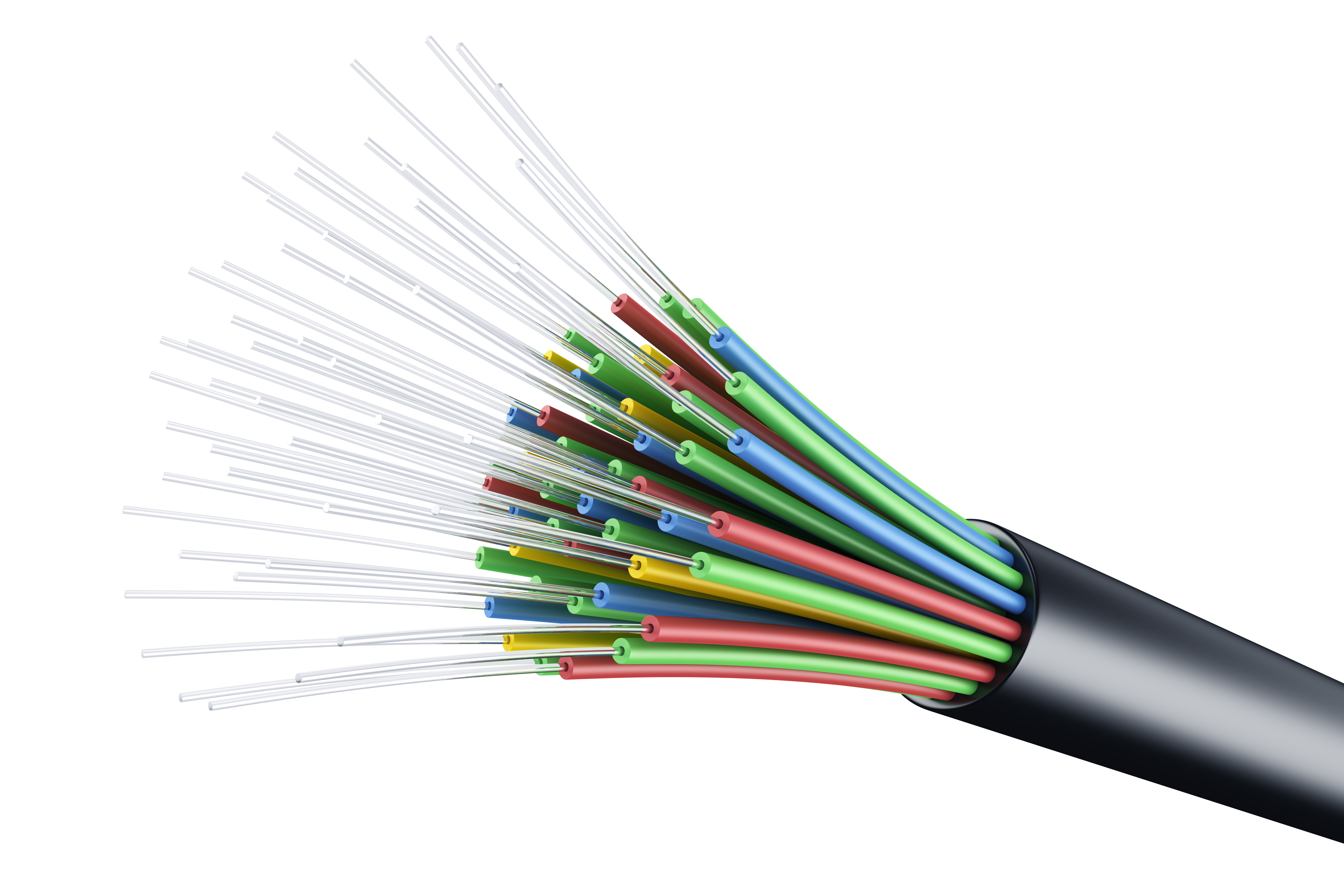
The uptime, latency and speeds you receive all depend on the package you get through your ISP and your choice of ISP. If you try to get 10 Mbit/s fibre, that can easily be beaten in terms of cost efficiency and speed by something like LTE or a cheaper wireless connection.
You don't just have a connection to your ISP though, which links you straight to the internet. Much like a social network, the Internet is a network of networks. Your ISP has many connections into and through this global network, and through them, you get a connection to anywhere else on the internet.
There are millions of in-between devices to make sure you can connect to anyone on this global network. These devices are routers, switches, hubs, servers, wireless access points and so on. How they work isn’t crucial to understand, but it is important to know that they exist, and they route traffic between them as well. These devices are the core of the internet, and the connections between them make them the network of networks that we know and use every day.
But again, this is just the physical layer. What happens higher up? Well, the data link layer just ensures that information is passed on free of errors - that it's made it safely between two points. The real magic happens in the network layer.
Above that, the remaining four layers: application, presentation, session and transport are more for application developers to focus on. This is where you see things such as email, websites and instant messaging living.
ISPs do a lot of their work on the Physical through Network Layers.
So what happens in the Network Layer? It's important to know what kind of methods and technologies reside there, for a better understanding.
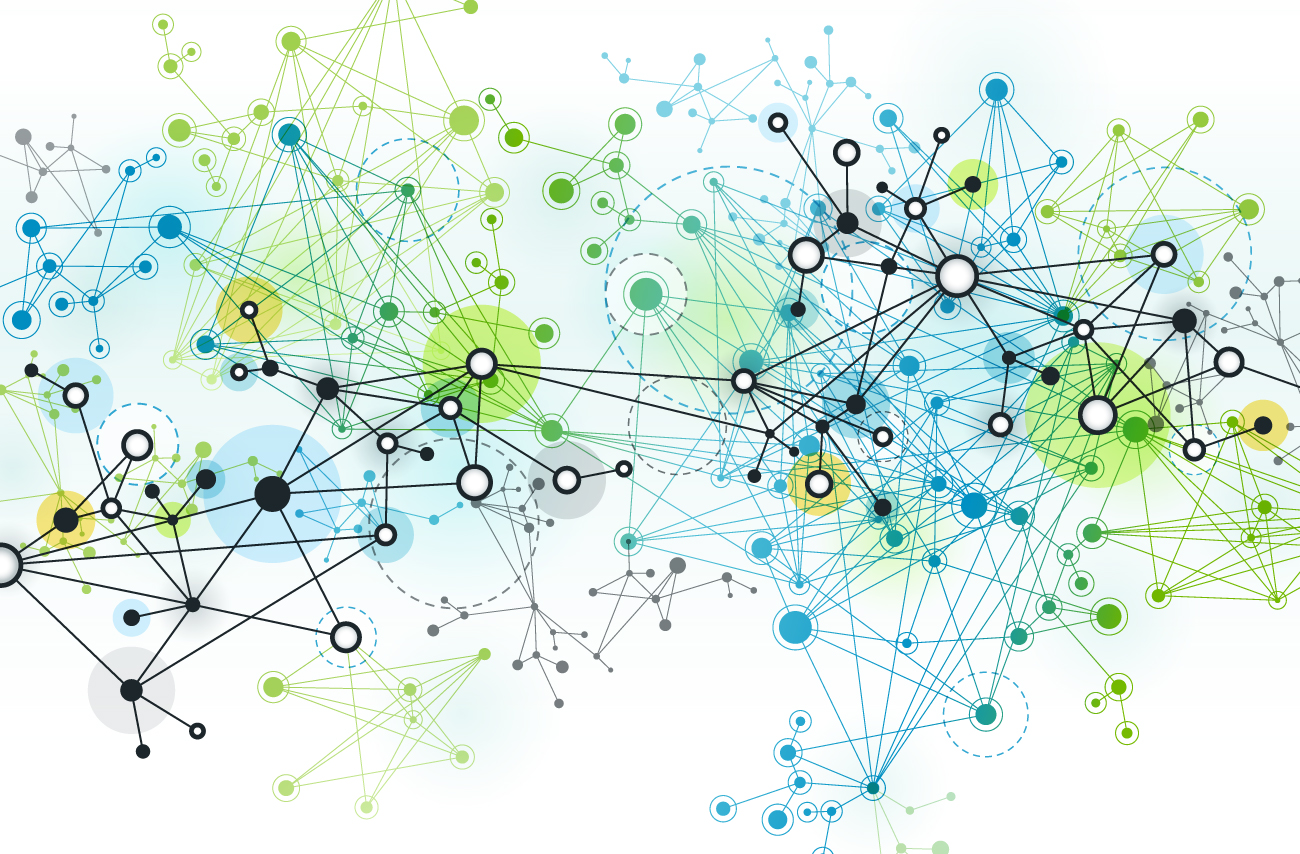
It's all based off of how humans see things versus how computers see things. Computers work with numbers. Humans work with names. This is the foundation of a network connection: names and numbers.
Computers operate on numbers. Each website, computer and device has a number that identifies them – their IP (Internet Protocol) address. They use various protocols (set rules) to send numbers over the physical layer. As humans however, we prefer names.
It's easier for us, when navigating to a website, to remember something like www.google.com, instead of 74.125.224.72. However, when we type it in, it does actually go there, the IP address of the site. This translation between names and numbers is done by something called the domain name system (DNS).
IP is the protocol that defines how information is split up into chunks and routed to the end. Currently, almost the whole world operates on IP version 4 (IPv4), which is running out of IP addresses, necessitating the move to a newer system in future. For more on that see this youtube video by Numberphile.
All in all, the internet is an amazing feat of technology, allowing hundreds of millions of devices to connect with and communicate with each other and connection to is becoming vital, close to on par with the need for water and electricity. Obtaining a working connection with a good ISP has become very important in this modern world.
